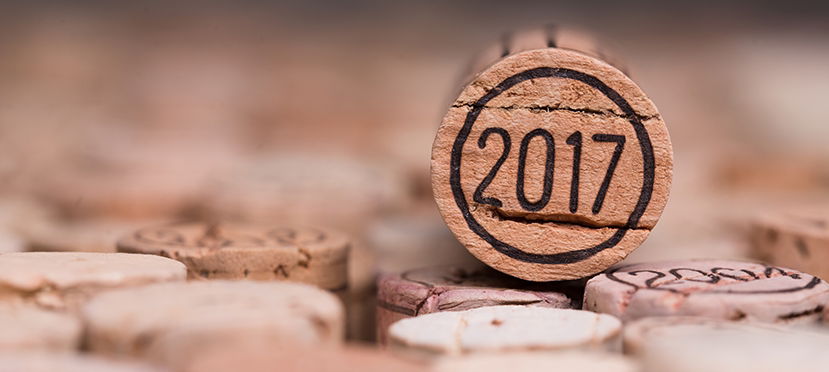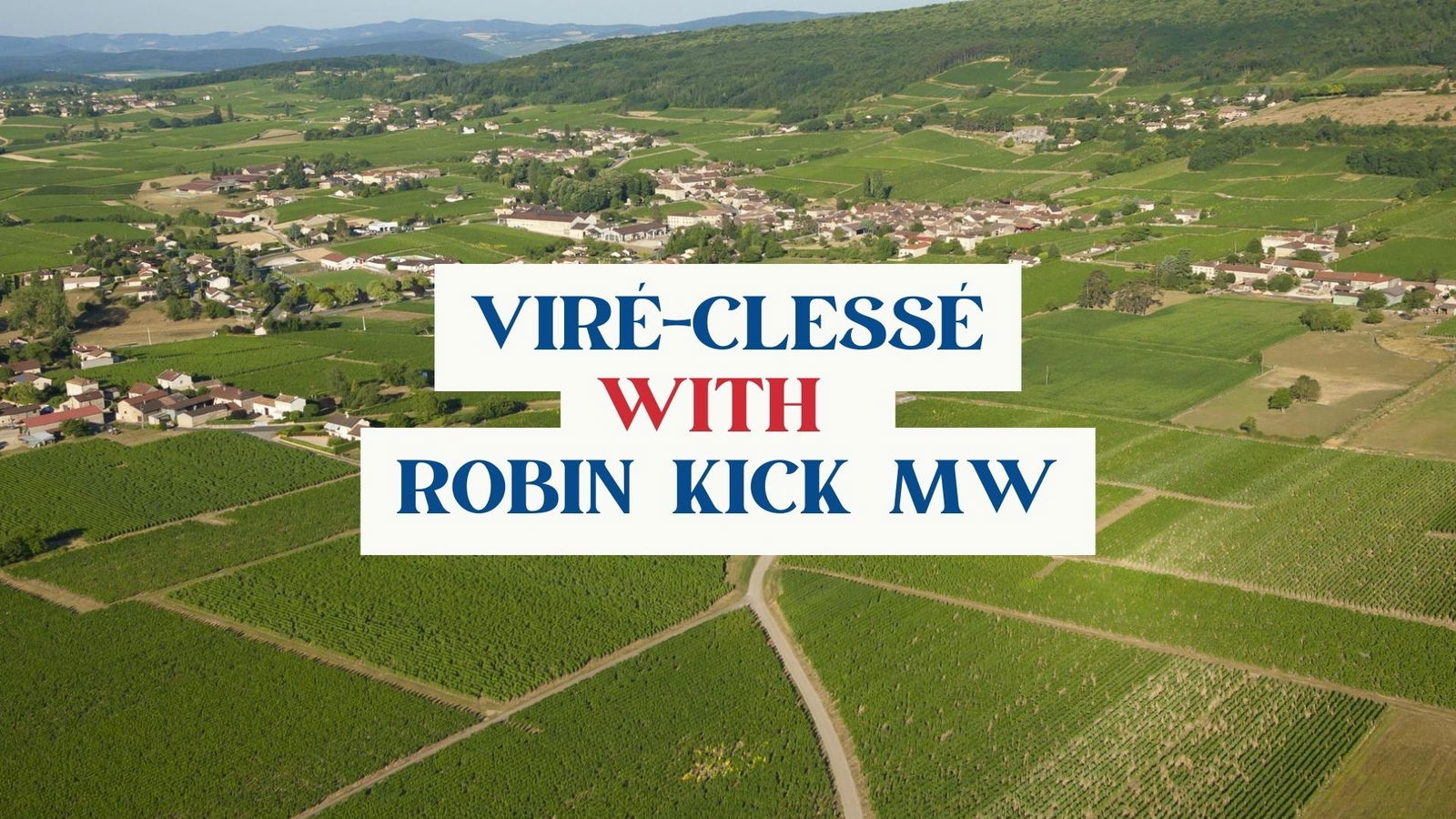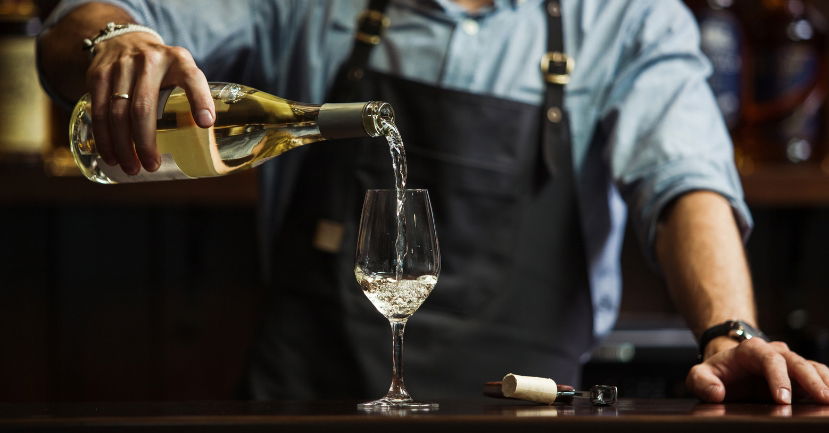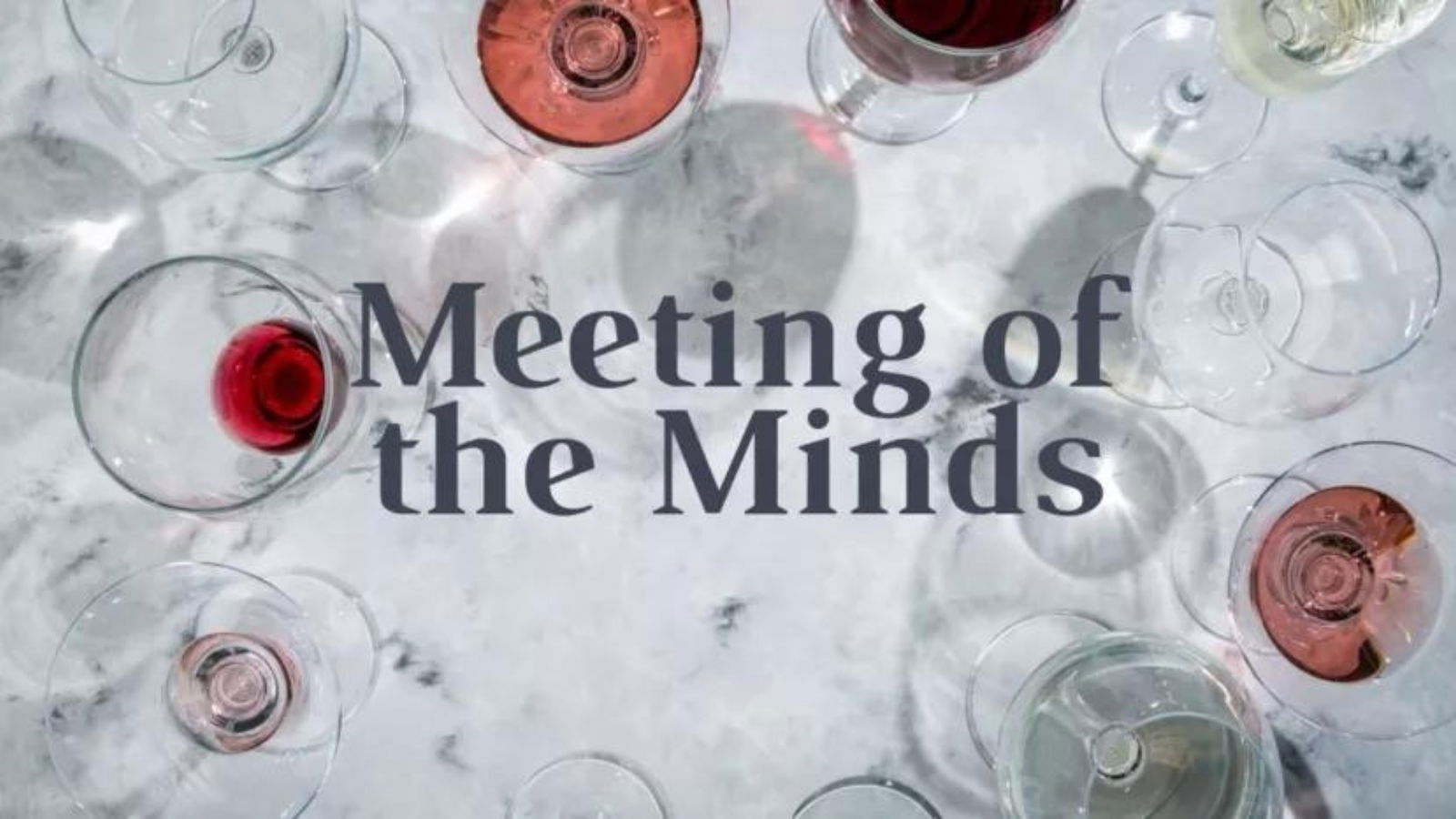BLOG
The 2017 Vintage in France, a 'new normal' Andrew Jefford
Andrew Jefford Tasting & Trends

Andrew Jefford, award-winning author and columnist for Decanter Magazine and World of Fine Wine as well as Wine Scholar Guild Academic Advisor, gives us his insight about the 2017 vintage in France...

When there was less CO2 in the atmosphere than the 412 ppm we are faced with today, vintages used to fall into one of three groups. First, there was the miserable vintage, characterized by unseasonably cold, rainy weather in summer and by spring frosts in susceptible regions. The normal vintage, characterized by a dappled weather pattern, clement and inclement in turn, accounted for most years. Good or great vintages, with their generous sunshine and warmth at key moments (particularly post-véraison) came perhaps thrice a decade.
Global warming has disrupted that pattern. Temperatures are rising – but so is meteorological chaos and unpredictability. In that sense, the often wild and ragged 2017 season marked a ‘new normal’.
Taste the quality of the wines produced in most French regions in 2017 and there is no cause for complaint: summer was generally warm enough to provide a satisfactory if rarely outstanding crop. Look, by contrast, at the quantities produced and your jaw might drop. One million hectoliters is a colossal amount of wine, hard to imagine or visualize. That was what the growers of Languedoc alone lost in the frosts of late April. The situation was as bad in Bordeaux. 2017 brought the worst frosts in living memory, worse than both 1991 and 1977. Both were caused by warm early spring weather provoking early budburst, followed by episodes of late-spring cold connected with a disorderly polar vortex.
This vintage was at its most capricious in Champagne: not only did April frosts savage the potential crop, but prodigious heat, summer storms (including hail) and then harvest rain with attendant botrytis issues compromised quality at every turn of the season. Burgundy, by contrast, considered itself fortunate -- though it only averted frost catastrophe thanks to the fighting efforts of growers, who turned out to greet dawn after dawn in April with burning straw bales and frost candles. After a mixed but generally benign season, this ever-more-popular yet perennially under-stocked region brought home its biggest harvest since 2009.
If you’re keen to find the longest-lived bottles from 2017, the regions to look most closely at would be Alsace for white wines and the Northern Rhône valley for reds. Alsace took a 20% frost hit, but the highest quality vineyards on the slopes were generally untouched (Gewurztraminer aside), and the wines are magnificently concentrated and structured. The Northern Rhône was frostless, but flowering difficulties still led to a low crop there. The concentration and ripeness of the reds, however, is rarely rivaled anywhere else in France in 2017. The best of these wines will cellar effortlessly.
Also view our French Wine Vintage Chart and detailed Vintage Reports for all French wine regions HERE. They have all been recently updated by Andrew Jefford and now include the 2017 vintage.



